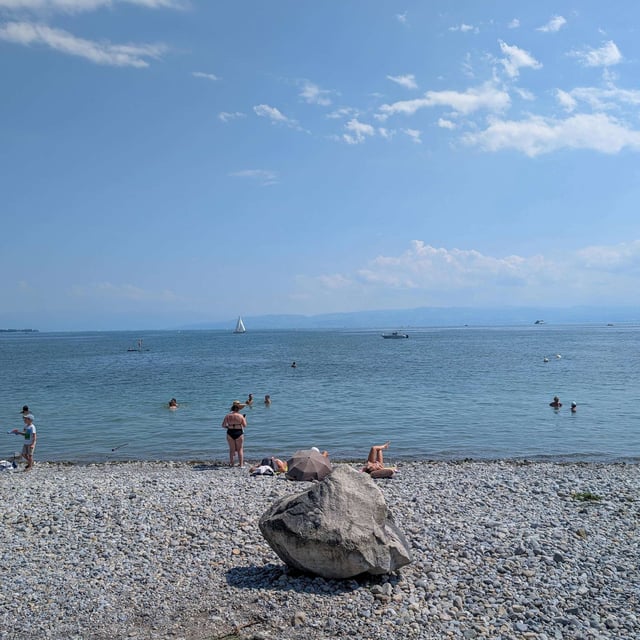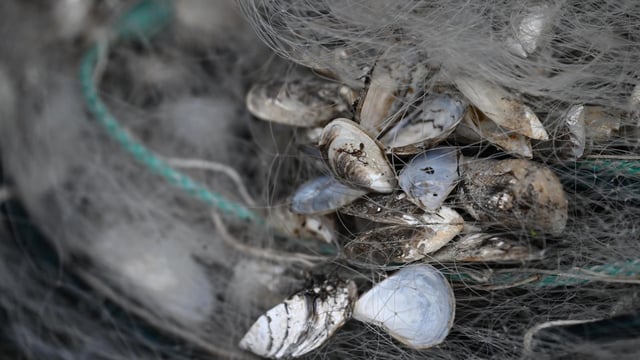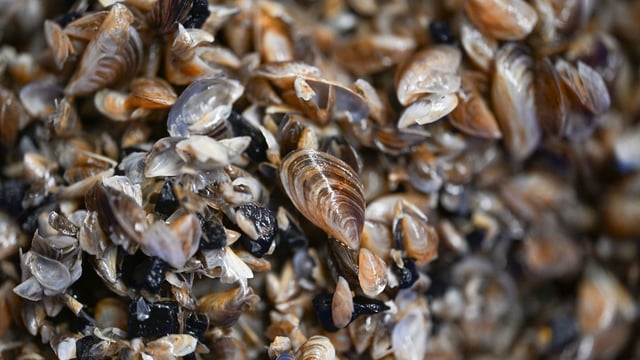Overview
- Quagga mussels have infested Lake Constance since 2016 at densities of around 4,000 per square meter, disrupting nutrient cycles and clogging water infrastructure
- The Internationale Bodensee-Konferenz under Baden-Württemberg’s chairmanship has commissioned a study running through 2028 to identify and strengthen natural mussel predators
- Researchers are focusing on carp-like Rotaugen fish that can crack mussel shells with their pharyngeal teeth and consume their soft tissue
- Current Rotaugen populations are too low to curb the infestation, prompting investigations into habitat enhancement and breeding measures
- No effective chemical treatments exist worldwide for Quagga mussels, reinforcing emphasis on biological control



